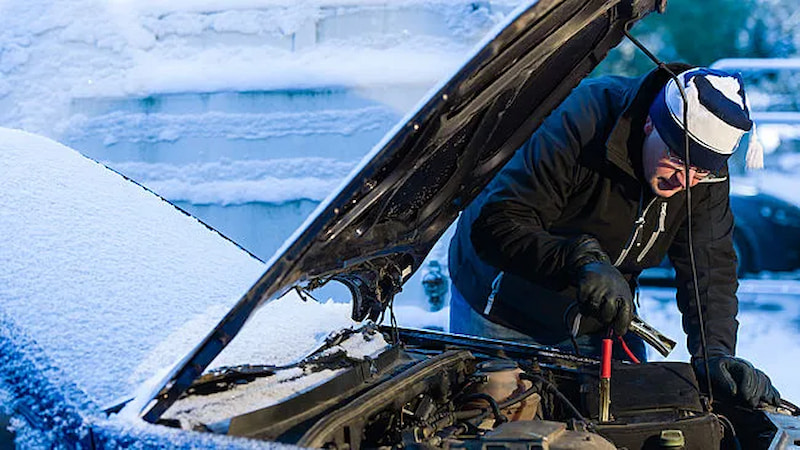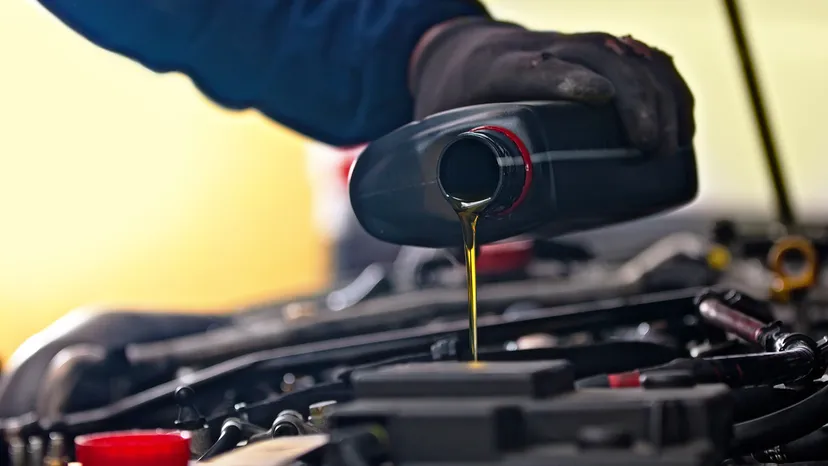Your vehicle's brake system is undoubtedly the most crucial safety component, responsible for bringing thousands of pounds of moving metal to a controlled stop. When brake problems develop, they often start small but can quickly escalate into dangerous situations that put you, your passengers, and other road users at risk.
As certified automotive technicians with decades of combined experience, we've seen too many cases where early brake warning signs were ignored, leading to complete brake failure and potentially catastrophic accidents. The good news is that modern brake systems rarely fail without giving clear warning signals first.
Recognizing these warning signs early can mean the difference between a simple brake pad replacement and a complete brake system overhaul – not to mention potentially saving lives. Here are the five critical brake warning signs that should never be overlooked.
1. Squealing, Squeaking, or Grinding Noises
Unusual brake noises are often the first indication that something is wrong with your brake system. These sounds typically fall into three categories:
- High-pitched squealing or squeaking: Usually indicates that your brake pads are wearing thin and the built-in wear indicator is making contact with the rotor. This is an intentional design feature to alert you that brake pad replacement is needed soon.
- Grinding or scraping sounds: This is a more serious warning that suggests your brake pads are completely worn down and the metal backing plate is grinding against the rotor. This can cause expensive rotor damage if not addressed immediately.
- Clicking or rattling noises: May indicate loose brake components, worn brake hardware, or warped rotors that need professional inspection.
Never ignore brake noises, especially grinding sounds. What starts as a simple brake pad replacement can quickly become a costly rotor and caliper repair job.
2. Vibrations or Pulsations When Braking
If you feel vibrations through the brake pedal, steering wheel, or entire vehicle when applying the brakes, this typically indicates warped brake rotors or drums. Warping occurs when the brake components overheat and lose their smooth, flat surface.
Common causes of rotor warping include:
- Excessive heat buildup from aggressive driving or heavy braking
- Improper installation or overtightening of wheels
- Using low-quality brake pads that don't dissipate heat effectively
- Driving through large puddles immediately after heavy braking (thermal shock)
Warped rotors don't just cause uncomfortable vibrations – they also reduce braking effectiveness and can lead to premature brake pad wear. Professional resurfacing or replacement is usually necessary to restore smooth, safe braking.
3. Soft, Spongy, or Low Brake Pedal
Your brake pedal should feel firm and responsive when pressed. If the pedal feels soft, spongy, or sinks toward the floor, this indicates a serious problem in your brake system's hydraulic components.
Potential causes include:
- Air in the brake lines: Reduces hydraulic pressure and makes the pedal feel spongy
- Brake fluid leaks: Can occur in brake lines, calipers, wheel cylinders, or the master cylinder
- Worn master cylinder: The primary component that generates hydraulic pressure for the entire system
- Contaminated or old brake fluid: Absorbs moisture over time, reducing its effectiveness
A soft brake pedal is particularly dangerous because it often indicates that your braking system's hydraulic integrity has been compromised. This requires immediate professional attention.
4. Vehicle Pulling to One Side When Braking
If your vehicle consistently pulls to the left or right when you apply the brakes, this suggests uneven braking force distribution. While slight pulling can sometimes be normal, significant or sudden changes in braking behavior warrant immediate inspection.
Common causes include:
- Uneven brake pad wear between left and right sides
- Brake fluid leakage affecting one side of the system
- Stuck or seized brake caliper preventing proper pad engagement
- Contaminated brake pads from oil or brake fluid
- Warped brake rotors on one side of the vehicle
Vehicle pulling during braking not only indicates brake system problems but also creates dangerous driving conditions, especially in emergency stopping situations or adverse weather conditions.
5. Dashboard Warning Lights
Modern vehicles are equipped with sophisticated monitoring systems that can detect brake system problems before they become critical. Pay attention to these dashboard indicators:
- Brake Warning Light: Usually red, indicates low brake fluid, parking brake engagement, or hydraulic system problems
- ABS Warning Light: Indicates problems with the Anti-lock Braking System, though regular brakes may still function
- Brake Pad Wear Indicator: Some vehicles have electronic sensors that alert you when brake pads need replacement
Never ignore brake warning lights. While your vehicle may still be driveable, the warning indicates that safety systems are compromised and professional diagnosis is needed immediately.
Professional Brake Inspection Recommendations
Even if you don't notice any of these warning signs, brake system maintenance should follow a regular schedule:
- Have brakes inspected every 12,000 miles or annually
- Replace brake fluid every 2-3 years or as recommended by your vehicle manufacturer
- Address any brake concerns immediately – delaying repairs only increases costs and safety risks
- Use only high-quality replacement parts that meet or exceed OEM specifications
The Cost of Ignoring Brake Warning Signs
Many vehicle owners postpone brake repairs due to cost concerns, but this approach often backfires. What might start as a $200 brake pad replacement can quickly escalate to a $800+ repair involving rotors, calipers, and brake lines if warning signs are ignored.
More importantly, the potential cost in human terms – injuries or fatalities resulting from brake failure – is immeasurable. According to the National Highway Traffic Safety Administration, brake-related factors contribute to thousands of accidents annually, many of which could be prevented through proper maintenance and timely repairs.
What to Do When You Notice Warning Signs
If you experience any of these brake warning signs, follow these steps:
- Stop driving immediately if you experience complete brake pedal loss, grinding noises, or severe pulling
- Schedule professional inspection as soon as possible for less severe symptoms
- Avoid aggressive driving until repairs are completed
- Check brake fluid levels if you're comfortable doing so, but don't attempt repairs yourself
- Document symptoms to help your technician diagnose the problem efficiently
Trust Your Safety to Professionals
Brake system diagnosis and repair require specialized knowledge, proper equipment, and quality replacement parts. While some automotive maintenance can be postponed or performed by DIY enthusiasts, brake repairs should always be entrusted to qualified technicians.
Professional brake service includes comprehensive system inspection, proper diagnosis using specialized equipment, installation of quality components, and thorough testing to ensure optimal performance. This investment in professional service provides peace of mind and ensures your vehicle's most critical safety system operates as designed.
Concerned About Your Brakes?
Don't wait for brake problems to escalate. Our certified technicians provide comprehensive brake inspections and repairs using the latest diagnostic equipment and high-quality parts.
Schedule Your Brake Inspection Today

